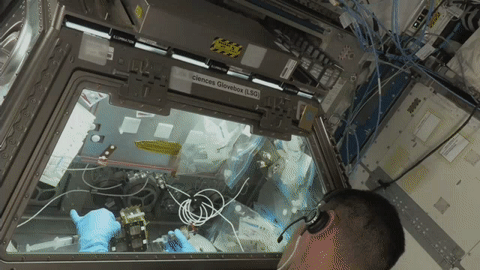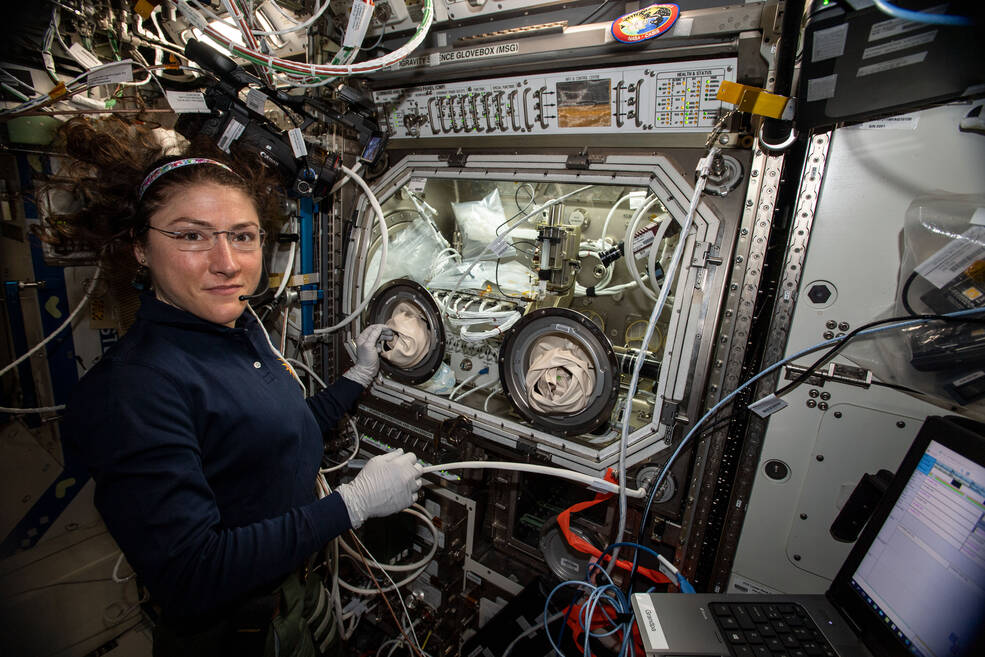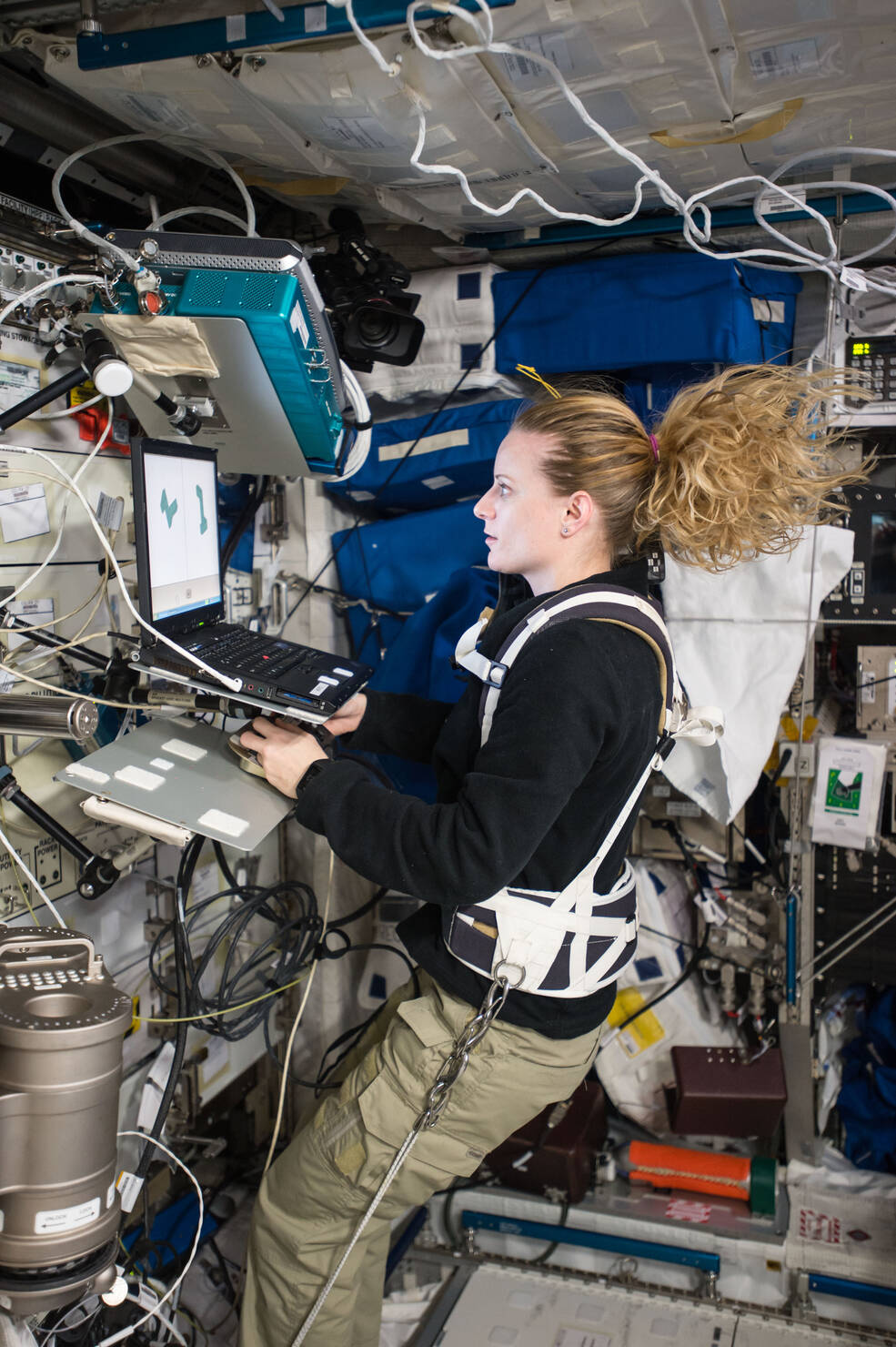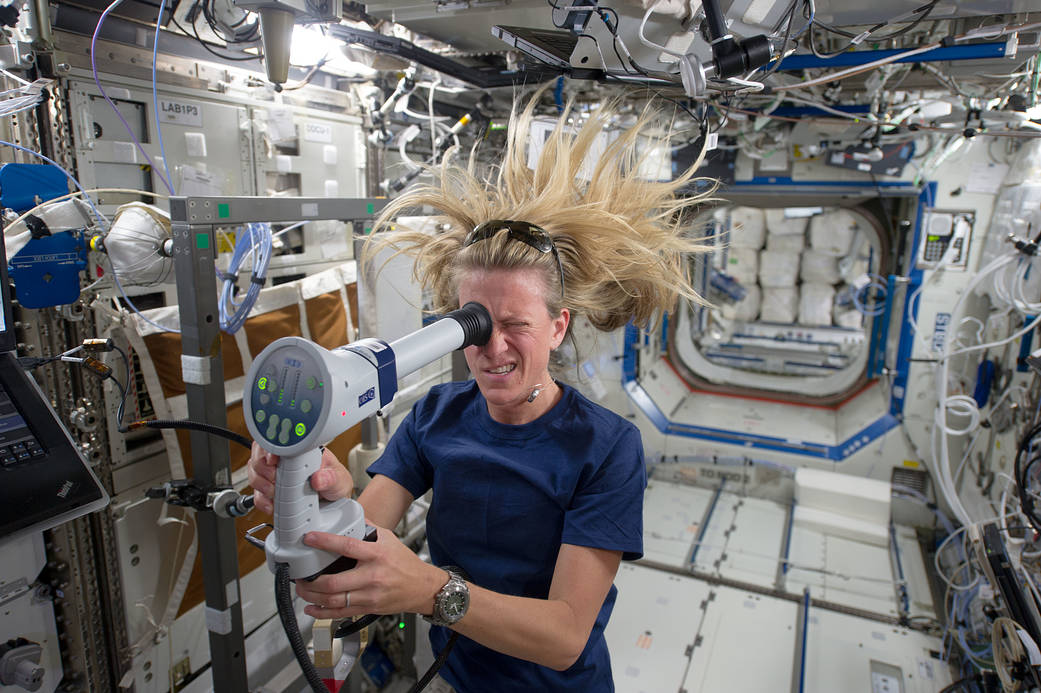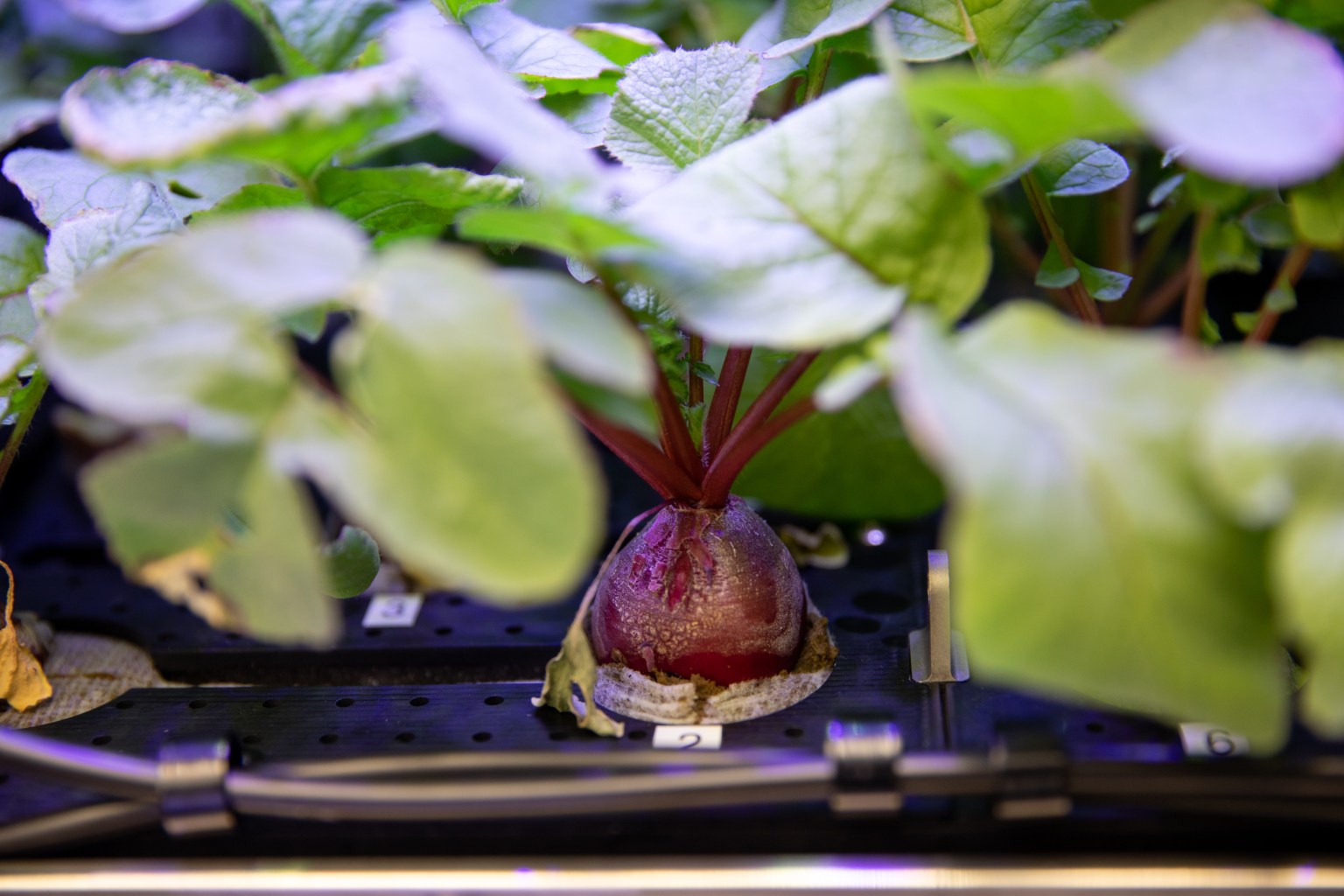Crew members aboard the International Space Station conducted a variety of scientific investigations during the week ending Aug. 25, 2023, including conducting operations for Neuronix.
This investigation, sponsored by the ISS National Lab, uses 3D cultures of neurons or nerve cells in microgravity and tests an approach to gene therapy. A process of transferring genetic material into cells, gene therapy shows promise for treating paralysis and neurological diseases such as Alzheimer’s and Parkinson’s. The 3D structures needed to test these therapies do not form in Earth’s gravity, so microgravity provides a critical platform for this testing.
Results could validate use of the space station for research to test drugs and treatments for neurological disorders and bring researchers closer to finding ways to treat these conditions in people on Earth.
Other research on the space station has examined the formation of protein aggregations called amyloid fibrils, which are associated with Alzheimer’s disease. Microgravity studies examining amyloids began when evidence suggested similarities between their formation and protein crystallization, a process extensively studied on the space station.
On Earth, this type of research can be altered by the effects of gravity and the forces of containers that are used to hold samples. To overcome this problem, researchers developed a device that uses surface tension rather than a solid container to hold a liquid, a method possible only in microgravity.
NASA’s Ring Sheared Drop experiment confirmed that the surface tension concept works. The device pins a drop of liquid between two rings and rotates one while keeping the other stationary to create shear flow, or a difference in velocity between adjacent liquid layers. Previous research shows that shear flow plays a significant role in the early stages of amyloid formation and creating the phenomenon is essential for this type of research.
Other research on formation of amyloid fibrils includes the JAXA (Japan Aerospace Exploration Agency) Amyloid study and Amyloid Aggregation, a collaboration between ASI (Italian Space Agency) and ESA (European Space Agency).
Other space-based research on the brain includes Cognition, conducted from 2014 to 2015. This investigation used a battery of computerized tests to measure how spaceflight affects a wide range of cognitive functions. Results validated the types of tests, and researchers used participant feedback to further improve them.
Neuromapping examined changes to brain structure, motor control, and multi-tasking abilities during spaceflight along with how long it takes to recover from these changes post-mission. Results could support development of effective countermeasures. Researchers detected changes in gray and white brain matter after space flight and found that a shift in spatial references in microgravity affected actions that involve both sensory and motor functions. This work provides general insight into the brain’s plasticity, or ability to rewire in response to new stimuli, which could support rehabilitation for brain diseases and injury on Earth.
ESA’s Brain-DTI investigation examines whether astronauts’ brains adapt to living in weightlessness by using previously untapped links between neurons, an adaptation called neuroplasticity. Results so far have shown changes in the connectivity of various brain regions, changes in cerebrospinal fluid volume, and other effects during spaceflight.
CIPHER is a complement of 14 studies looking at how the body, including the brain, changes on missions of varying duration. It includes a suite of psychological and physiological measurements taken for the Standard Measures investigation and other unique measures of physiological systems. After examining missions of different lengths, scientists can extrapolate findings to multi-year spaceflight, such as a three-year round-trip to Mars.
These and other studies are providing knowledge about how space changes the brain and its function, helping to ensure astronaut health and well-being and mission success in the future.
John Love, ISS Research Planning Integration Scientist
Expedition 69


























